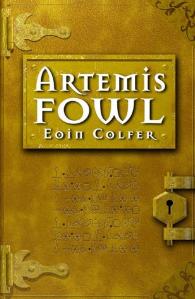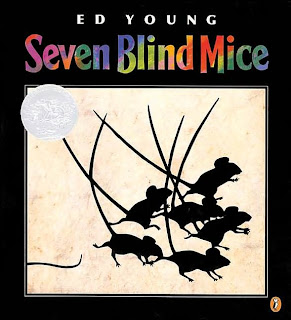Mockingbird by Kathryn Erskine
Realistic Fiction/Disabilities/Chapter Book

This is by far the best book I read for this project, and one that I will try my best to use in my future classroom. It tells the story of a young girl, Caitlin, who has Asperger's Syndrome. She loses her brother, the person who helped her to understand the world, in a school shooting, and afterwards, tries to find closure for both herself and her father. This book shows Caitlin's interactions with the school counselor, her teachers, her neighbors, schoolmates, and her father through Caitlin's point of view. The way Caitlin sees and understands the world becomes clear to the reader.
The dedication of the book simply states, " In hopes that we may all understand each other better." I think that is a perfect reason to read this book and use it in a classroom. Due to inclusion, there are lots of special needs students in the main classroom, and students will have to interact with them. I struggled with this in elementary school, and I witnessed a lot of bullying that most likely could have been avoided if the students were more informed. I don't think reading this book will solve all meanness and bullying, but it is a start. I think this book would make a great read aloud, but due to the interesting way the narrator writes the story, would be most effective for students to read on their own.
This book would be a perfect book for RL.5.9 - compare and contrast stories in the same genre on their approaches to similar themes and topics. This book covers many of the same themes and topics as Rules, but is written much differently. The narrator in Rules has a brother and a friend with mental/physical disabilities, while the narrator in Mockingbird is dealing with these disabilities herself.
Erskine, K. (2010). Mockingbird. New York, NY: Philomel Books.
The dedication of the book simply states, " In hopes that we may all understand each other better." I think that is a perfect reason to read this book and use it in a classroom. Due to inclusion, there are lots of special needs students in the main classroom, and students will have to interact with them. I struggled with this in elementary school, and I witnessed a lot of bullying that most likely could have been avoided if the students were more informed. I don't think reading this book will solve all meanness and bullying, but it is a start. I think this book would make a great read aloud, but due to the interesting way the narrator writes the story, would be most effective for students to read on their own.
This book would be a perfect book for RL.5.9 - compare and contrast stories in the same genre on their approaches to similar themes and topics. This book covers many of the same themes and topics as Rules, but is written much differently. The narrator in Rules has a brother and a friend with mental/physical disabilities, while the narrator in Mockingbird is dealing with these disabilities herself.
Erskine, K. (2010). Mockingbird. New York, NY: Philomel Books.


















